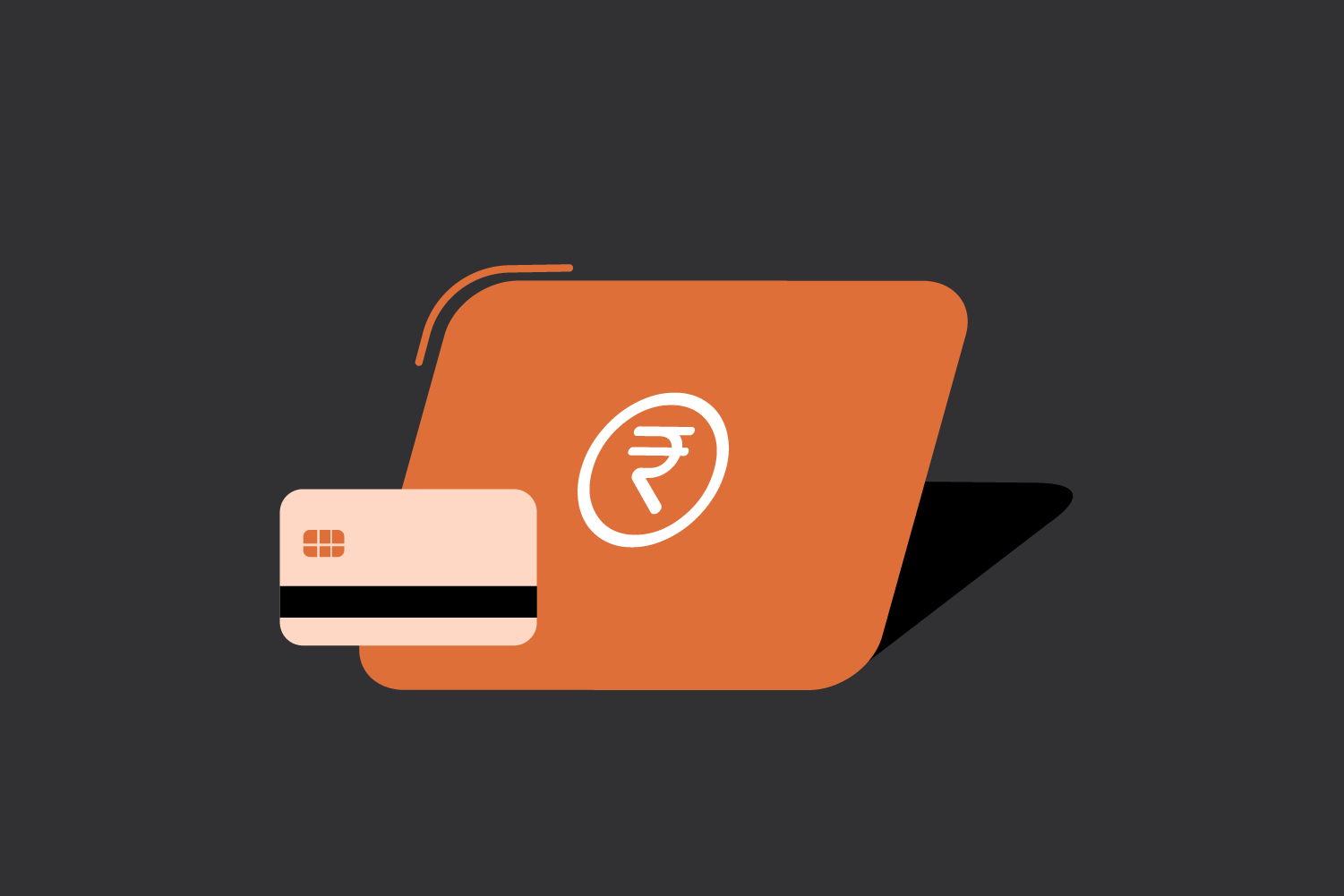In today’s complex business landscape, ensuring compliance with Goods and Services Tax (GST) regulations is a paramount concern for organizations of all sizes. The complexity of GST laws, coupled with the voluminous paperwork involved, can be a daunting task. However, technological advancements have brought about innovative solutions to streamline GST compliance. One such solution is the e-invoice API.
This blog will explain all about e-invoice, its contents, importance, step-by-step process, challenges, and e-invoice APIs.
What is an e-invoice?
e-Invoicing is a system where businesses generate B2B invoices & Credit and Debit Notes (CDNs) electronically and share them with the e-invoice portal for authentication. Once authenticated, the portal allocates an Invoice Reference Number (IRN) and auto-populates the invoice data to the e-way bill and GST portals. Businesses must quote the IRN to make the invoice valid.
Under the GST regime in India, e-invoicing has been made mandatory for businesses in a phased manner based on their Annual Aggregate Turnover (AATO), starting with businesses having more than Rs 500 crore turnover. The government implemented the last phase w.e.f 1st August 2023, covering businesses whose turnover is more than Rs 5 crore.
Contents of an e-invoice
An e-invoice is a structured electronic document that contains information about a transaction between a seller and a buyer. There are mandatory, and optional sections in an e-invoice format. A few of the mandatory fields include:
- Document type
- Supplier information (Name, address, GSTIN, etc.)
- Recipient information (Name, address, GSTIN, etc.)
- Document number
- Document date
- Description of goods or services
- HSN/ SAC code
- Quantity and rate
- Total amount
- Tax amount
Why are e-invoices important under GST?
While businesses with a turnover of less than Rs 5 crore can opt for e-invoicing voluntarily, it is highly recommended to embrace this technology to streamline operations and ensure compliance. It plays a crucial role in GST compliance such as:
- Improved Efficiency: Streamlining data reconciliation under GST reduces mismatch errors and enhances productivity.
- Enhanced Accuracy: The interoperability between ERPs and software minimizes errors in invoice capturing, ensuring accurate data entry.
- Faster Input Tax Credit (ITC): The faster availability of genuine ITC brings transparency and better working capital management.
- Real-time Tracking: Real-time visibility into the status of invoices facilitates better tracking and reconciliation.
- Better Compliance: Adhering to GST regulations through e-invoicing minimizes the risk of penalties and audits.
- Reduced fraud: E-invoices are less susceptible to fraud as they are digitally signed and authenticated.
Step-by-step process to generate e-invoices
The process of generating e-invoices involves several steps:
- Registration: Businesses must register on the government’s e-invoicing portal.
- Invoice creation: Create a new invoice in your accounting or ERP software.
- Data entry: Enter all the necessary details about the invoice, including the seller’s and buyer’s information, goods or services, quantity, rate, and tax details.
- Generation of IRN: The system will generate a unique Invoice Reference Number (IRN) for each invoice.
- QR code generation: A QR code will be generated for the invoice.
The e-invoice portal shares the invoice with the seller or whoever initiated e-invoice generation and then auto-populates the same data to e-way bill & GST portals.
Challenges with the e-invoice portal
While e-invoicing offers many benefits, there can be challenges associated with the e-invoice portal:
- Technical glitches: The portal may experience technical issues, leading to delays or errors.
- Complexity: The portal can be complex to navigate, especially for businesses that are new to e-invoicing.
- Integration issues: Integrating the e-invoicing portal with existing accounting or ERP systems can be challenging.
e-Invoice APIs: A smoother way to generate e-invoices
Many businesses are turning to e-invoice APIs to overcome the challenges associated with the e-invoice portal. These APIs allow businesses to integrate e-invoicing functionality into their existing systems, making the process more efficient and streamlined.
Some of the benefits of using e-invoice APIs include:
- Automation: APIs can automate the generation of e-invoices, saving time and effort.
- Integration: APIs can be easily integrated with existing systems, such as accounting software and ERP systems.
- Reporting: Helps in gathering a huge volume of invoice data to accurately file GST returns such as GSTR-1, GSTR-3B, and GSTR-9.
e-Invoicing is a critical component of the modern business landscape. The significance of e-invoicing is set to grow in the coming years as the government considers expanding its scope to include B2C invoices. While B2C e-invoicing is currently voluntary, there’s a strong possibility that it will become mandatory in the future. Hence, businesses need to follow the steps outlined in this guide and utilize e-invoice APIs to streamline their invoicing processes, improve compliance, and reduce costs.
Interested in our APIs? Let’s talk!
Tell us your automation goals, and we’ll set you up with a free, personalized demo from our API expert.
Click HereFrequently Asked Questions (FAQs)
Where can I generate e-invoices?
You can generate e-invoices at https://einvoice1.gst.gov.in/ or use APIs.
Can I generate e-invoices manually?
Yes, you can generate e-invoices manually through the government’s e-invoicing portal. However, using e-invoice APIs can be more efficient.
How to use e-invoice APIs?
e-Invoice APIs integrate e-invoicing functionality into the existing ERP or accounting system, making the process more efficient and streamlined.
What are the penalties for non-compliance with e-invoicing regulations?
Two types of fines will be imposed as below:
- For non-generation of e-invoice – Tax due on that invoice or Rs.10,000, whichever is higher, per invoice.
- For incorrect invoicing – Rs.25,000 per invoice.



0 Comments